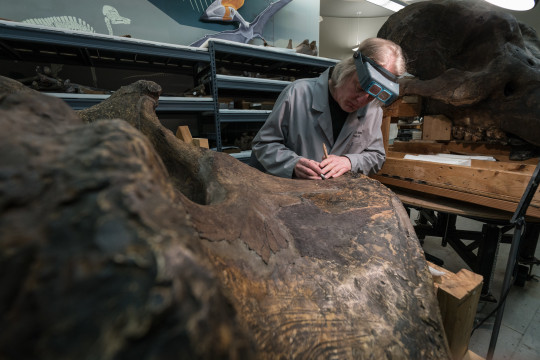
What does a Scientific Preparator do? Part of Dan Pickering’s really cool job is carefully restoring museum specimens. In this photo he’s working on our mastodon specimen, one of Andrew Carnegie’s first acquisitions for the museum.
After having 120 years of “stuff” put on it to “preserve” it while it was on display, it needed significant restoration work.
All of this “stuff” was applied to the mastodon specimen over time:
· Shellac
· Varnish
· Paint
Plus, cracks, cavities, and broken and missing areas were kept up with:
· Plaster
· Putty
· Bondo
· Glue
· Epoxy
· Wood
· Chicken wire
· Metal pins
On top of all that, soot built up on the mastodon when the museum was free and the doors were kept wide open.
Everything from shellac to soot must be removed or corrected to modern standards to restore this historically valuable specimen.
However, not all of these materials can be removed because most fossils are found as partial skeletons. When work is complete, you shouldn’t be able to see which parts are real bones and which parts were added – the skeleton should look cohesive. But if you look closely (from within five feet or so), different tones, colors, and textures will reveal real bones vs. elements added during restoration.
You can watch Dan and other Scientific Preparators at work on the mastodon in PaleoLab.
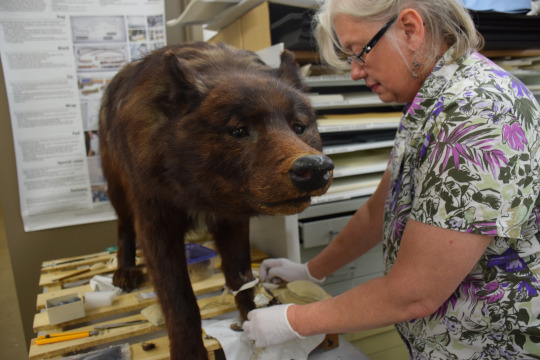
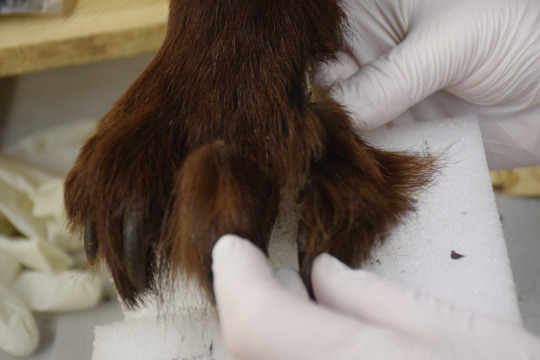
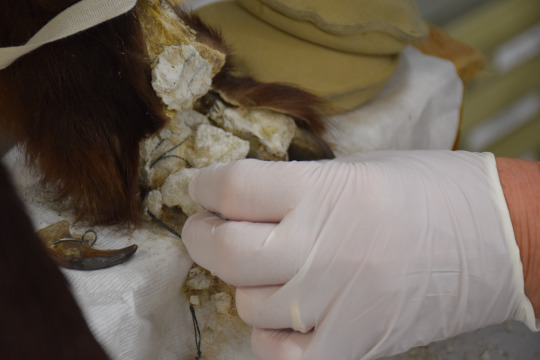
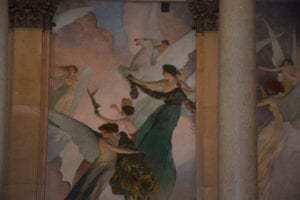 Have you ever noticed two dark squares in the mural on Carnegie Museum of Natural History’s grand staircase?
Have you ever noticed two dark squares in the mural on Carnegie Museum of Natural History’s grand staircase?